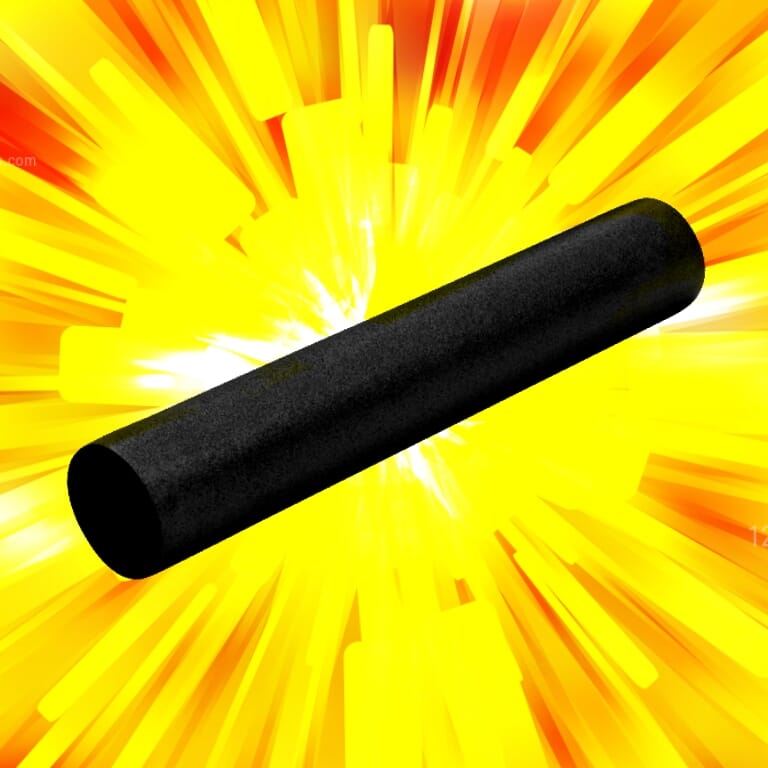Foam rollers are a popular fixture in gyms and physical therapist offices today. You may have had instruction or even simply tried imitating what you’ve seen others do using a foam roller to try to get rid of knots in muscles. A little knowledge, however, will go a long way toward helping your foam rolling be more effective over time. Read on to learn more about how to use that foam roller (or lacrosse ball, or Body Back Buddy, or anything else you might use) to get results so that you’re not just causing yourself pain.
Brain, Not Brawn
To understand what you’re trying to accomplish by using a foam roller, it’s helpful for some to think of the relationship between the brain and muscles to be a little like a commander and soldiers. Muscles are soldiers that obey orders from the brain/commander. If a muscle receives an order - aka signal from the brain - to contract, the muscle will potentially rip itself apart trying to accomplish that goal. As such, using a foam roller to simply beat/crush a knot out of a muscle is like punishing a soldier for doing what they were ordered to do. It just hurts and doesn’t fix the problem.
The art of foam rolling lies in getting your brain - the commander - to order the muscle - the soldier - to stop fighting, and the key is to realize, YOU aren’t the commander.

You do not have conscious control over the part of your brain that ordered whatever muscle has knotted up, to create that knot in the first place. However, you CAN consciously (in a way) talk to the commander (the unconscious parts of your brain that directly control your muscles) through the soldier’s coms using a foam roller.
Pain is Communication
Foam rolling hurts, but it’s a specific kind of pain. Normally when you sense pain it’s your body’s way of telling you that there’s something wrong. But with foam rolling, instead of reacting to it by bracing or avoiding it - like you would if you were being hit or burned by something - you must be able to consciously relax into and go toward the pain. This reaction from your conscious brain is an acknowledgment to the unconscious parts that you’ve received the pain signal while at the same time sending a signal back that effectively says, “Yes I ‘hear’/feel that but it’s just noise. We’re not taking any ‘casualties’/damage.” Which in turn causes the muscle to “stand down,” releasing the knotted tissues (at least partially) being squeezed between bone and the foam roller.
With practice, you’ll be able to relax into more intense pain signals because your brain will be able to distinguish the difference between an attack (being damaged) and a distraction (foam roller pain).
5 Final tips:
- If you’re using the foam roller and unable to maintain a Buddha-like facial expression, you’re pushing too hard.
- Don’t spend more than 45-60 seconds breathing and relaxing into the same spot. You’re not doing yourself any favors if you do.
- If you pass over a part of your body and you’re relaxing like you’re supposed to but don’t find/feel anything that’s particularly painful, move on. Just because you roll, doesn’t mean you should find anything.
- Breathe! If you’re holding your breath at any point it’s a useful signal that you’re probably bracing against the pain instead of relaxing into it or that you’re pushing too hard.
- You didn’t accumulate the knot overnight, so it takes time to get rid of it. You can expect about a 10% improvement each time you roll a specific spot, and you can hit a specific spot 2 times/day, but be gentle not punishing.
About the Author:
 Adam is an OPEX CCP coach at OPEX Baltimore South with 15 years of fitness experience ranging from Yoga to CrossFit. He’s also a Certified Nutrition Coach (PN1), specializes in corrective exercise (FMSC) and is a parkour trainer/practitioner.
Adam is an OPEX CCP coach at OPEX Baltimore South with 15 years of fitness experience ranging from Yoga to CrossFit. He’s also a Certified Nutrition Coach (PN1), specializes in corrective exercise (FMSC) and is a parkour trainer/practitioner.
